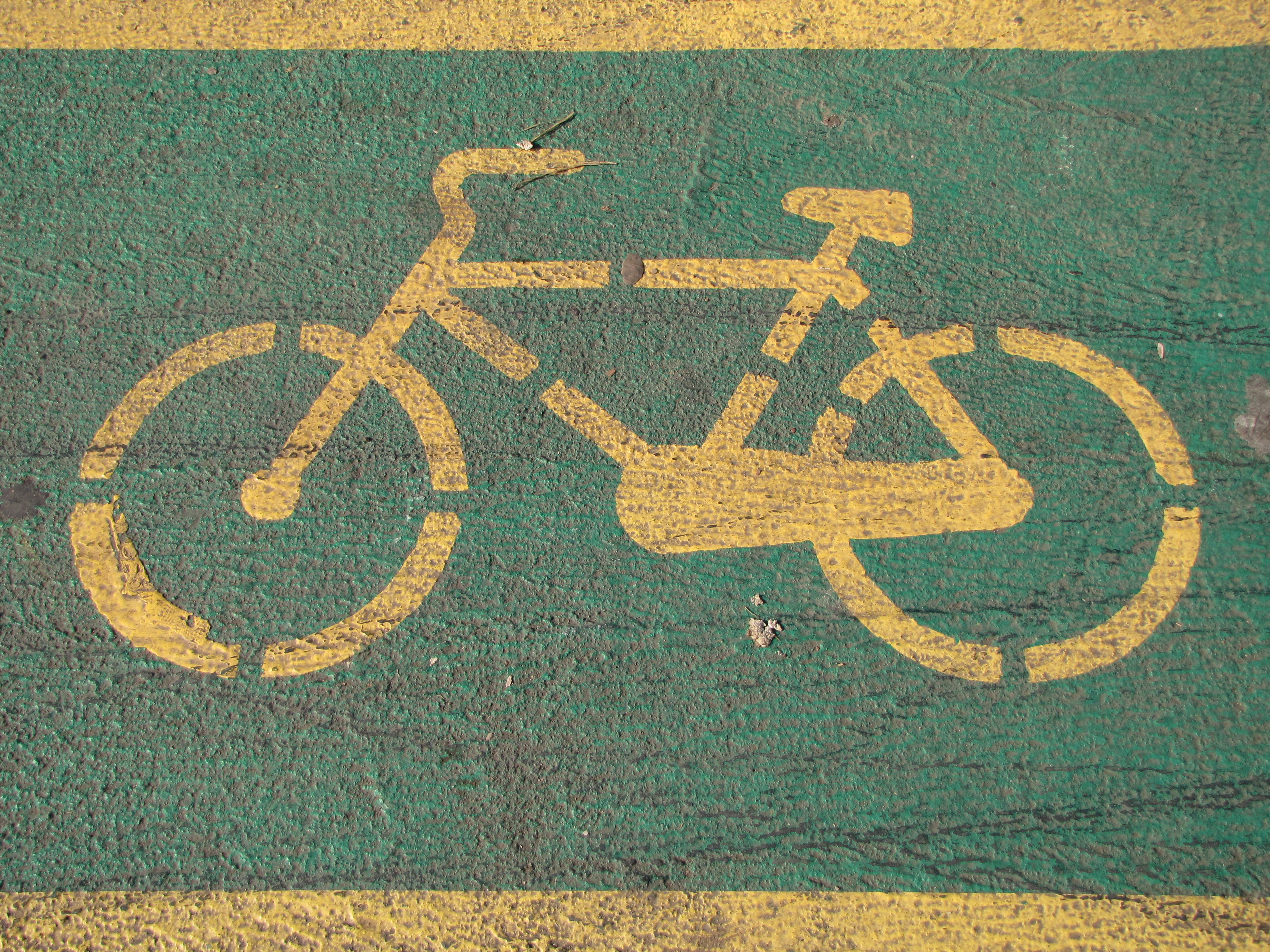
WEDNESDAY, Nov. 30 (HealthDay News) — Whether it’s talking on cellphones, fiddling with food and drink or doing some last-minute grooming, a large majority of adult drivers in the United States admit to being dangerously distracted while behind the wheel, a new poll shows.
According to the new Harris Interactive/HealthDay poll, most adults who drive on a regular basis admitted to having at some point engaged in distracting behaviors, be it eating/drinking (86 percent), talking on a non-hands-free cellphone (59 percent), setting their GPS device (41 percent), texting (37 percent) or applying makeup (14 percent).
Large minorities of drivers also admitted to driving while less than fully alert. For example, a quarter of respondents said they have driven after having two or more drinks, and 44 percent said they’ve felt sleepy while driving, “sometimes even momentarily dozing off.” Smaller percentages (7 and 12 percent, respectively) said they drive this way “sometimes or often.”
“The number of drivers who engage in potentially dangerous, in some cases extremely dangerous, behaviors while driving is terrifyingly high, particularly when you remember that every 1 percent of drivers polled represents more than one-and-three-quarters of a million people,” said Humphrey Taylor, chairman of The Harris Poll.
“While we have some information on how dangerous some of these behaviors are (driving after drinking, talking on cellphones, falling asleep, texting) we can only speculate as to the numbers of accidents and deaths that are caused by the many millions of people who drive while setting their GPS, eating or drinking, surfing the Internet, watching videos, combing their hair, reading or applying makeup,” added Taylor.
Prior research has examined the dangers of distracted driving, with one 2010 study finding that texting alone was implicated in more than 16,000 deaths from 2001 to 2007. The study, published in the American Journal of Public Health, also found that auto deaths involving cell phones and texting while driving rose 28 percent between 2005 and 2008.
According to the new online poll, which surveyed more than 2,800 U.S. adults between Nov. 10 to 14, distracted driving isn’t just limited to cellphone use. Other major distractions include:
- Eating/drinking: 86 percent said they had done it at some point, and 57 percent said they do it “often or sometimes.”
- Setting/changing GPS: 41 percent have ever done it while at the wheel, while 21 percent do it more frequently.
- Sending/receiving text messages: 37 percent have done so, and 18 percent do it regularly.
- Reading a map: 36 percent admitted doing so, and 10 percent do it often or sometimes.
- Combing/styling hair: one in five drivers acknowledged doing this at least once; nearly 1 in 10 does it more regularly.
- Applying makeup: 14 percent have done it at least once, 7 percent say they do it frequently.
- Surfing the Internet: 13 percent have done so while driving, and 9 percent do it often/sometimes.
- Watching videos (on a mobile device or in-board system): 7 percent say they do this “often or sometimes.”
Certain drivers were more apt to indulge in risky distractions than others, the poll found. For example, drivers over the age of 65 were less likely than their younger counterparts to engage in distracting behaviors. And when it came to gender, men were more likely than women to drive while drowsy, consult a GPS navigation system, look at maps, drive after drinking alcohol, surf the ‘Net or watch videos.
The survey also turned up a puzzling disconnect: While big percentages of drivers agree that distracting behaviors are dangerous, many still engage in them.
For example, 77 percent thought that texting increases the odds of a car accident “a lot.” Forty-four percent thought the same about talking on a (non-hands-free) cellphone, and two-thirds thought it was dangerous to apply makeup while driving.
One highway safety expert called the poll findings troublesome.
“Despite all of the attention paid to cell phone distractions in the past few years, this survey highlights the broader problem that drivers do a lot of things behind the wheel that distract them,” said Russ Rader, a spokesman for the Insurance Institute for Highway Safety in Arlington, Va. “People have driven distracted long before there were cellphones.”
Some 39 states plus the District of Columbia have already enacted laws regulating the use of mobile devices in vehicles. But a recent study published in the American Journal of Preventive Medicine found that use of cellphones and other distractions while driving has actually risen over time, despite these efforts.
While technology has helped create new driving hazards, it might also be a means of minimizing the risk, too, Rader said. He pointed to “crash-avoidance technologies” that automakers are installing on vehicles. These on-board devices can sense a hazard ahead, such as the driver in front of you suddenly slamming on the brakes.
“New laws are not likely the answer,” Rader said. “This survey points to the potential for technology to help bring drivers’ attention back to the road at critical moments, no matter what is distracting them, whether they’re reaching for a cup of coffee, trying to send a text message or just daydreaming.”
More information
Find out more on the perils of distracted driving at the U.S. Centers for Disease Control and Prevention.

